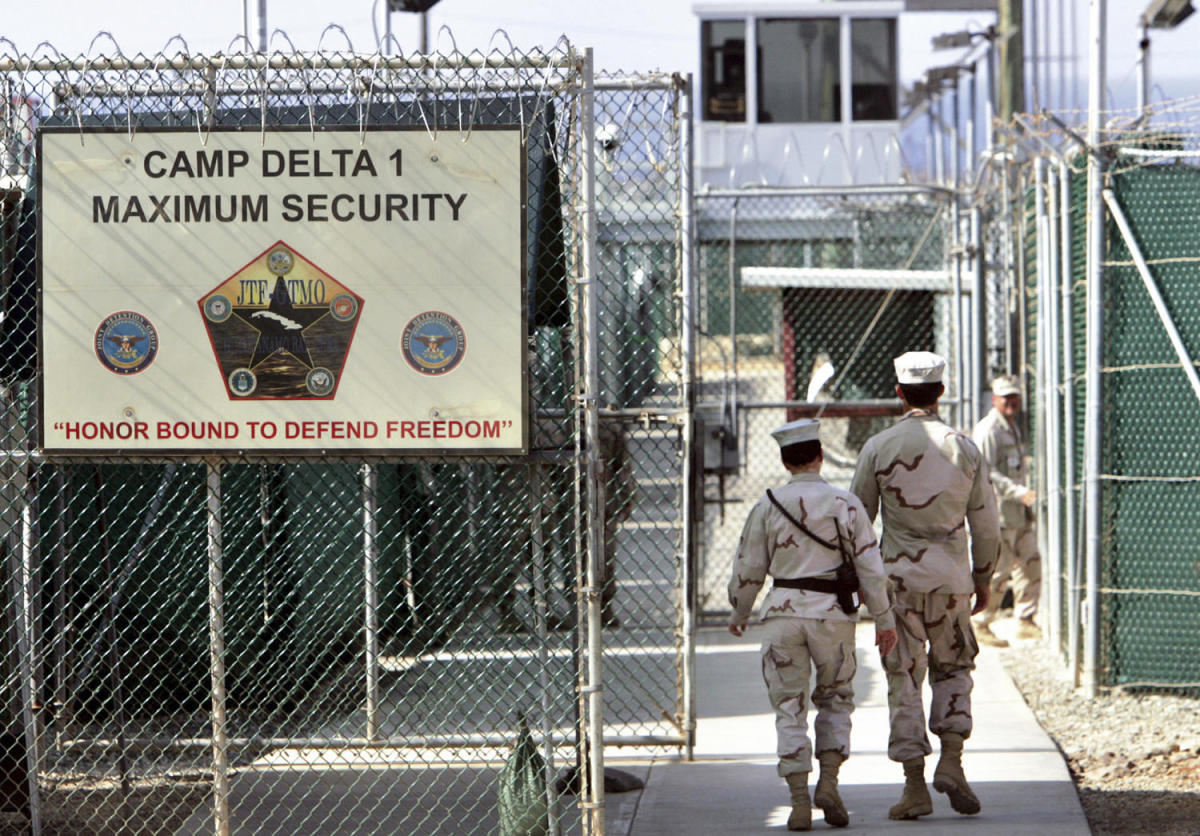
About a month after President Joe Biden’s inauguration, the White House announced plans to shut down the Guantanamo Bay prison once and for all, with the Departments of Defense, State and Justice planning to work with the White House National Security Council in pursuit of the goal.
We now know, of course, that the Democratic administration — like the last Democratic administration — will not reach its goal. But as The New York Times reported last week, Biden and his team have succeeded in shrinking the detention facility’s population.
The Pentagon said on Wednesday that it had repatriated two Malaysian men from its prison at Guantánamo Bay, Cuba, who admitted to committing war crimes for an affiliate of Al Qaeda that carried out a deadly bombing in Bali, Indonesia, in 2002. The rare transfer, a day after the Pentagon released another prisoner to the custody of Kenya, reduced the detainee population to 27 men.
During the recent fight over how to prevent a government shutdown, many congressional Republicans argued with great enthusiasm about the need to cut wasteful and unnecessary spending.
Advertisement
Advertisement
To the extent that they’re sincere about those goals, they might want to take a long look at the prison sometimes known as “Gitmo.”
Revisiting our recent coverage, the prison’s population peaked in 2003 with 680 prisoners. The Bush/Cheney administration began moving detainees out in its second term, and by the time Barack Obama became president, the population was down to 242 prisoners.
In 2009 and 2010, Congress made it effectively impossible for the Democrat to close the facility altogether, but Obama successfully lowered the prison population from 242 to 41.
“As president, I have tried to close Guantanamo,” Obama said in a letter to congressional leaders on his last full day in office. “When I inherited this challenge, it was widely recognized that the facility — which many around the world continue to condemn — needed to close. Unfortunately, what had previously been bipartisan support for closure suddenly became a partisan issue. Despite those politics, we have made progress.”
Advertisement
Advertisement
The point of the progress, obviously, was to reduce the overall population, but it was also intended to appeal to Republicans’ sense of fiscal sanity: The smaller the number of detainees, the harder it becomes to justify the massive expense of keeping open a detention facility that houses so few people.
Even if congressional Republicans are inclined to ignore every other consideration, the hope has long been that GOP lawmakers would at least care about wasteful spending: It costs American taxpayers roughly $13 million per prisoner, per year.
As of today, the facility holds just 27 inmates, down from 40 at the end of Donald Trump’s first term. The cost of keeping the prison open for such a small group of inmates is tough to justify.
The latest developments suggest officials have made meaningful progress, but given Republican intransigence, GOP election victories, and the party’s general indifference to the financial considerations, it’s extremely unlikely that the United States will be able to lower the number from 27 to zero anytime in the next four years.
Advertisement
Advertisement
More in Politics
This post is a revised version of our related earlier coverage.
This article was originally published on MSNBC.com
EMEA Tribune is not involved in this news article, it is taken from our partners and or from the News Agencies. Copyright and Credit go to the News Agencies, email news@emeatribune.com Follow our WhatsApp verified Channel



